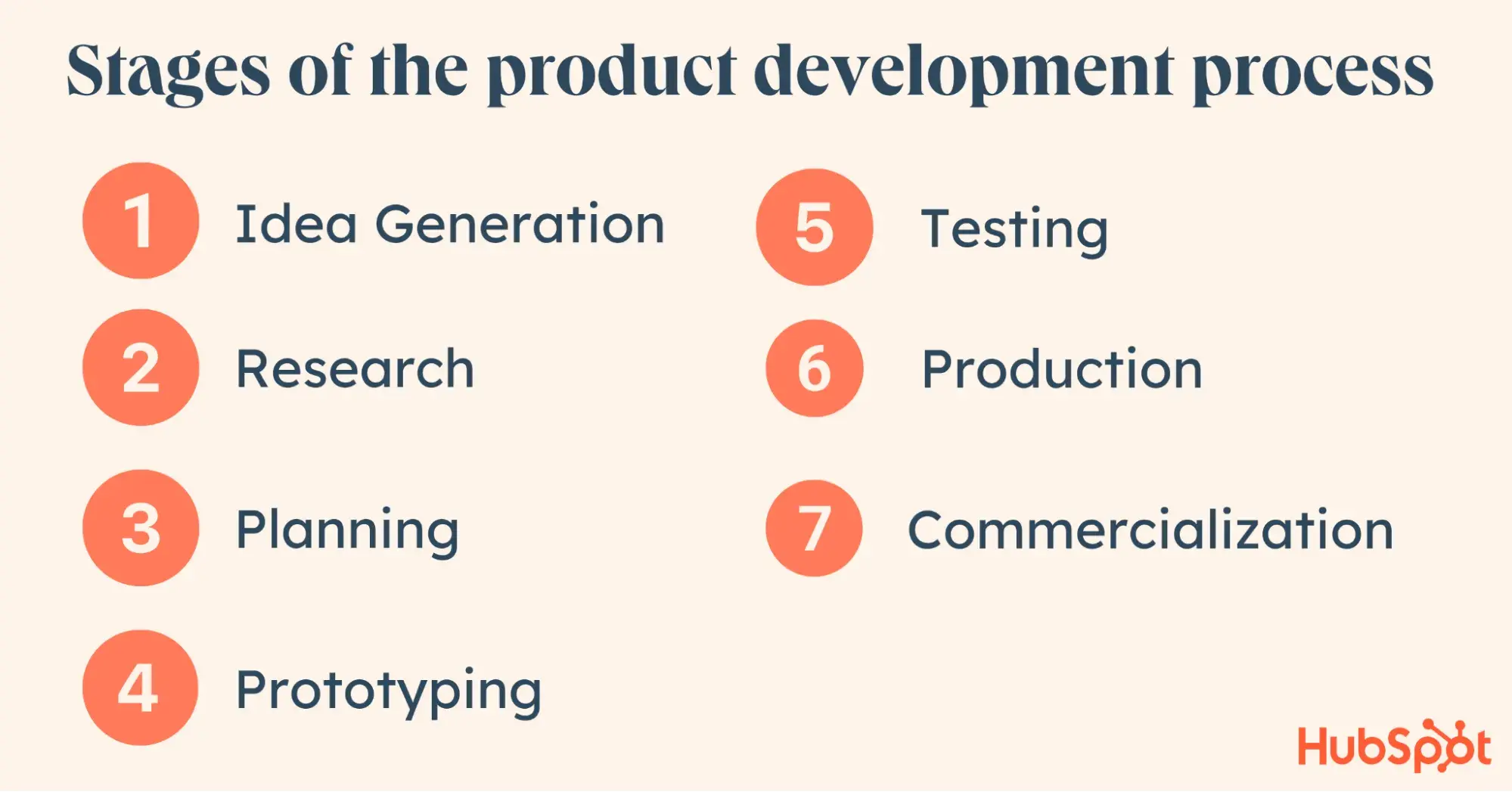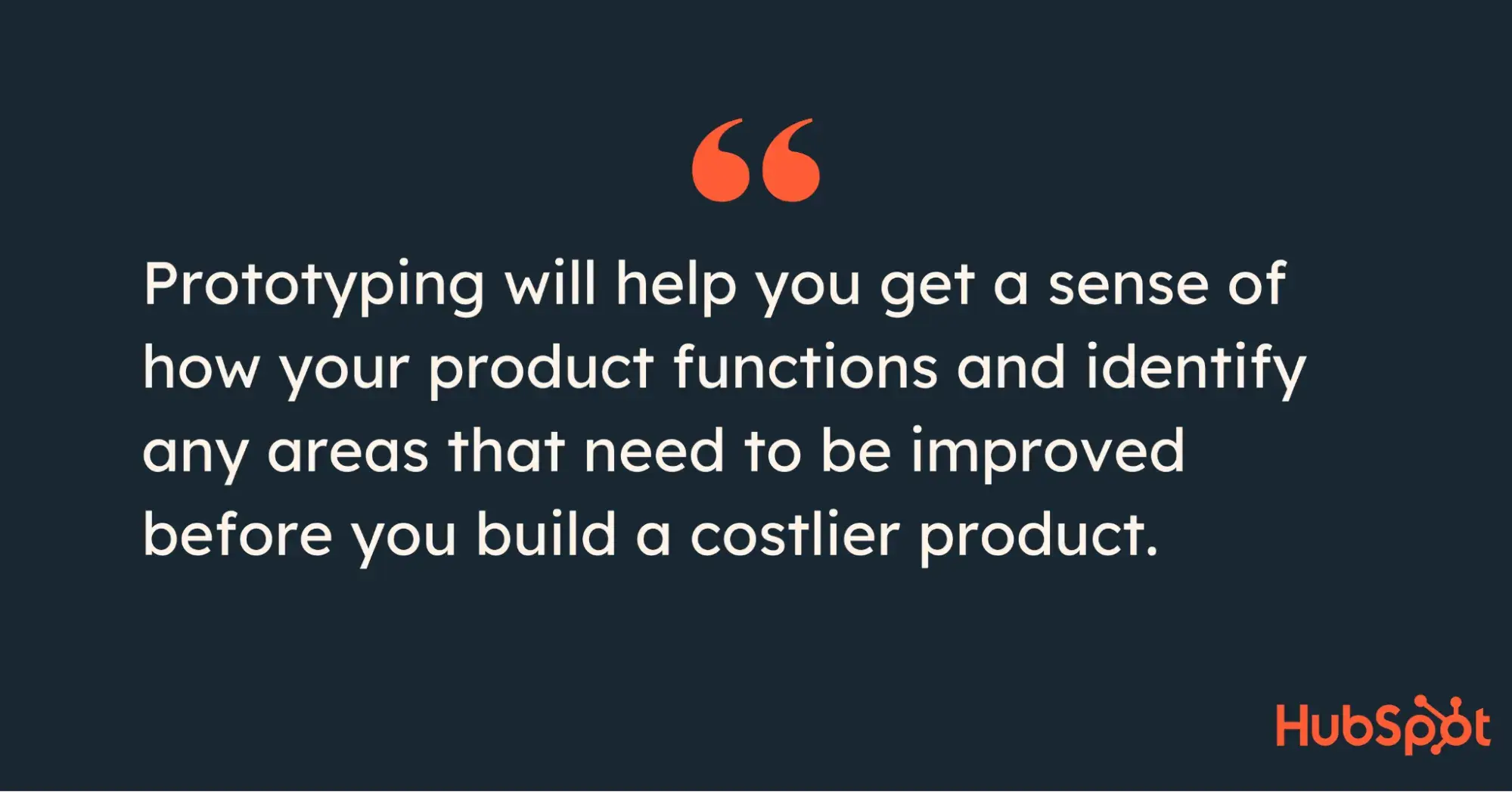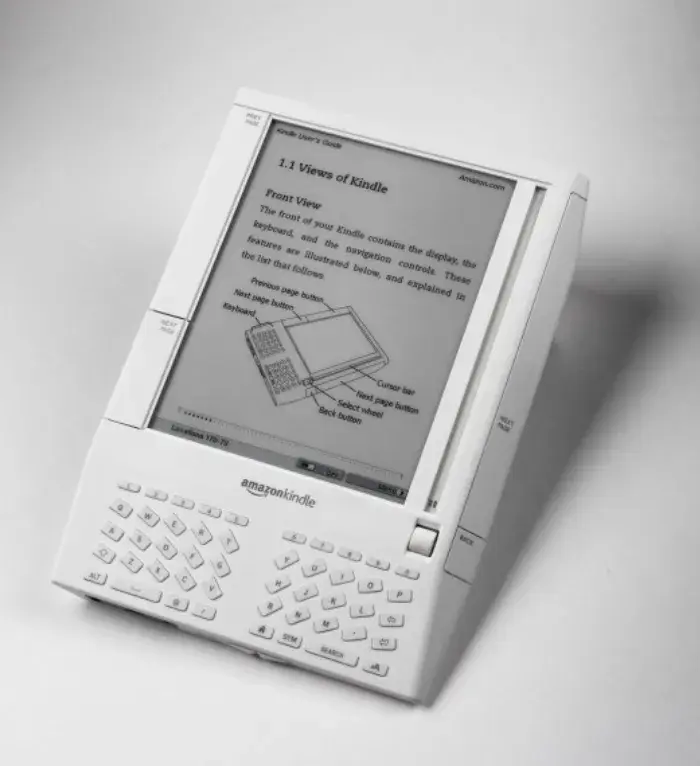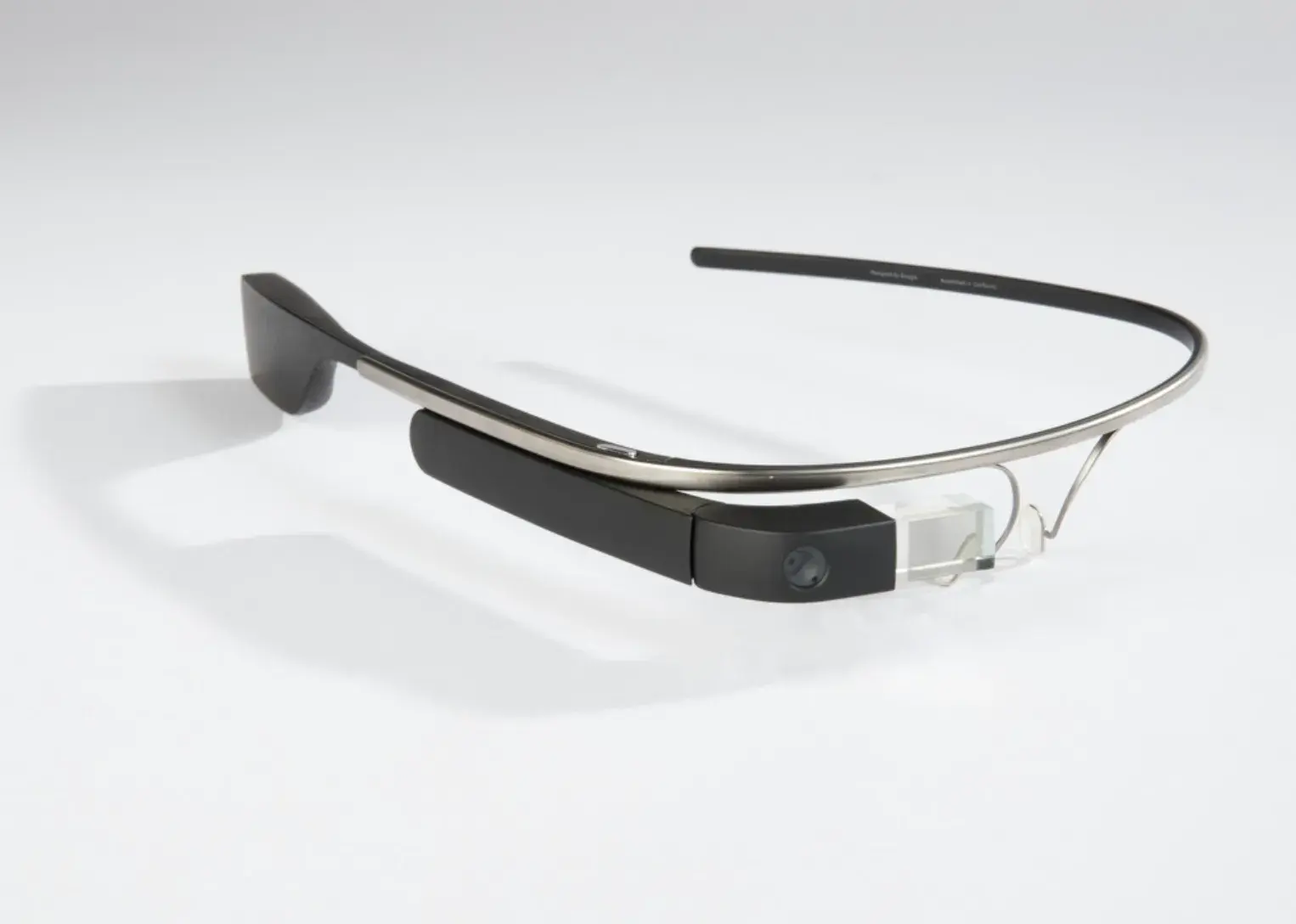New Product Development Process: Everything You Need to Know
If you need a refresher — or a first-time lesson — on the new product development process, you’ve come to the right place.
In trying to understand for myself how to generate a new idea and bring it to market, I found so much vague advice scattered around that I decided to reach out to product development pros to round up their tips for success.
And with a cache of information in hand, the path to propelling a product from idea to launch got much clearer.
The first major lesson I learned from the pros is that whether you’re a small business owner developing your first idea or a successful company itching to open a new market, new product development is a long and winding road.
And that’s exactly why you need a strategic process with step-by-step guidance — like the one I’m about to describe — to move the vision from your mind into the real world, where it can be picked up and purchased by the right people.
In this guide, I’ll walk you through the steps, how to implement them, and what mistakes to sidestep. Plus, I’ll dive into some real-world examples of new product development and the take-home lessons I learned from studying their successes and failures.
Table of Contents
- What is product development?
- When do you need an NPD process?
- Who should be involved in the new product development process?
- What is the new product development process?
- Examples of New Product Development
- From Brainstorming To Reality
What is product development?
Before we get too deep into this, let’s define “product development.”
The easiest way to think of it is like a lifecycle. It’s the journey of creating a product, from its conception to its release into the market, and even beyond, as you measure its success.
New product development (NPD), then, is the journey of an entirely new concept onto the market. This is different from improving an existing product or building a product on an idea that’s already proven successful.
In either case, the goal of product development is finding solutions to meet customer needs.
When do you need an NPD process?
Any time you’re developing a new product, you’ll need a stable and strategic process in place to organize your workflow and teams and, ultimately, to help ensure success.
This way, you can break down tasks into parts, make sure you don’t miss any key steps, and collaborate across teams so that all the expertise you have at your fingertips doesn’t go to waste.
And it doesn’t matter if the product you’re creating is a physical object or designed for ecommerce, as the process is largely the same.
It involves identifying a market need, building out a concept, designing a mockup, and launching a product — with lots and lots of research and iteration at every stage along the way.
This is why one of the key pieces of advice I heard from the people on the ground was to gather all your teams and get them working together as early in the process as possible.
Who should be involved in the new product development process?
So, exactly who should you tap for collaboration? It will depend on the product you’re creating and the size of your outfit, but in general, you’ll want to include marketing, design, engineering, manufacturing, development, and sales teams.
In addition, you’ll likely need a product manager to lead the whole NPD process and oversee tasks across teams. And if the project is big, you may also want to bring a project manager on board for goal tracking.
“I get all relevant teams involved right from day one, starting from development all the way to marketing,” John Russo, a VP of healthcare solutions at OSP, tells me. This can help you avoid a breakdown in communication later down the line.
Plus, “siloed teams hinder innovation,” Simon Lee, CEO of Glance, adds. “When we built our first app, I brought in a marketing expert early on to help shape user personas and messaging.” This type of collaboration can go a long way in developing products that resonate better with users.
The thing to keep in mind is that building a new product is not only a strategic endeavor — it’s also a creative one. And so, that’s the kind of collaborative team you’ll want to promote before you even begin.
Lastly, you’ll need to involve potential users at every stage of the process. Since users are at the heart of NPD, their feedback can make or break your product’s success.
What is the new product development process?
As I discovered from the experts, there can be a lot of variation in how the new product development process is carried out, depending on your industry, company size, and product.
But, that being said, every company — big or small — goes through seven essential stages to develop a new product.
If you stick to the steps below, and learn from the ups and downs of people who have been through this before, you can rest assured you’ll be on the right track.
Although, as I found out, the NPD track is a bumpy one. Hiccups will certainly arise — but that’s just a part of the process.
Remember, while product development can be a lengthy process that requires iteration, it’s all done to ensure that your product is the best it can be before it hits the market and reaches your customers. The point is to solve their needs in the best possible way, and that’s what this process will help you do.
And now, let’s discuss the different stages of the new product development process.

1. Idea Generation
The new product development process begins with idea generation, where you brainstorm an idea (or ideas) that will help you solve a customer problem in a new and innovative way.
As you’re coming up with ideas that will help you solve customer needs, it’s important to have a robust understanding of your target market and the pain points they have that you want to solve.
But how do you get to know your target market and its pain points? This is the question I posed to the pros, and they had all sorts of advice.
“Social listening,” says Michael Nemeroff, the CEO and co-founder of RushOrderTees, “is a great jumping-off point if you’re getting into NPD and don’t know where to start.” This is the practice of using social media conversations as data to see what’s being said about your company and the competition online.
“You get to listen in on what’s working and not working for customers in the current market so you can improve and differentiate new offerings,” says Nemeroff.
John Russo has another tactic. “I often drive brainstorming sessions through analysis of emerging trends, customer feedback, and technological advancements. The key here is ideation from the user’s perspective — what problem is it that they want to solve?”
“Immerse yourself in customer environments,” Simon Lee advises me. “Spend time where your users live or work. For instance, while developing a productivity app, I attended local coworking spaces to observe behaviors and interactions.”
And that firsthand observation revealed a critical need for a new tool.
The important point here is that you can’t ideate in a vacuum. Even if you’re just tossing out ideas, you’ll still need a little bit of research to get you started.
2. Research
Once you’ve developed and selected a product idea or two, the next step is to conduct more in-depth research to flesh out those ideas. There are various steps you can take to do this, like:
- Market research to understand the current sentiment in your industry and if there are any holes that your product will fit into, or if there will be demand for it.
- Competitor analysis to understand if customers think there are things your competitors‘ products or services lack that you can incorporate into your product to better fit your target market’s needs.
During this stage, you should also get more feedback from customers about what they think of your ideas before coming up with a final definition for your product.
This type of validation is to ensure you don’t waste time, money, or energy on a product that won’t sell.
One of the best ways to get this feedback from existing customers is through surveys, where you can easily and quickly collect information.
A high-quality tool like Lucky Orange can help you create these surveys, and with it, you can ask multiple-choice questions about types of products they may be interested in, or open-ended questions that give you more insight into customer opinions.
This stage will likely require a bit of iteration because your research may tell you that you need to refine your original ideas and adjust your research scope before moving on to the next stage.
When I asked Rob Stevenson, founder of BackupVault, about his approach, he replied, “In my first NPD experience, I realized how easy it is to get excited about the product features without fully grasping the problem you’re trying to solve.”
While his team was initially focused on adding tons of features, “what users really needed was simplicity and reliability.”
Following this shift in focus, users’ needs guided their decisions at every stage.
3. Planning
The third stage is planning, where you clarify your final product idea/definition and begin coming up with plans to bring it to life. This step can look like a blueprint or sketch, where you map out all the details.
For example, if you’re creating a physical product, here is where you’ll need to source the necessary materials or find production partners that will assist in manufacturing.
Planning also involves solidifying your marketing strategy to help you effectively market your product when it’s completed. What pricing models make sense? What will customers pay?
Now is the time for the nitty gritty. But you can make this step easier by automating your marketing efforts with HubSpot’s Marketing Hub to unify customer insights and help you generate leads.
Still, having a plan doesn’t mean it’s carved in stone.
“Build flexibility into your development process,” Rob Stevenson tells me. “Being rigid with your roadmap can actually limit the potential of your product.”
4. Prototyping
The prototyping phase is when you come up with a sample product to demonstrate what will be created during mass production.This is when your idea goes from 2D to 3D.
Your prototype — which is a very rough sample — helps you to identify risks before you move into full production.
It’s also something tangible that you can show to stakeholders and potential users to get them on board, as Nemeroff pointed out to me. Even if you have a small team, “learn CAD and 3D print your prototype,” he recommends.
This prototype will later become your minimum viable product (MVP), which is the most basic version of your tool that’s ready for release. Prototyping will help you get a sense of how your product functions and identify any areas that need to be improved before you build a costlier product.

You may make multiple prototypes and go back and forth between this stage and the testing stage before you have a finalized prototype.
“The biggest lesson I learned in the NPD process is to have a systematic approach to prototyping,” product developer Gavin Yi recounts from his experience as CEO of Yijin Hardware.
“Prototyping is the time to experiment, but some product developers get carried away and spend too much time at this stage. Prototypes should not focus on perfecting the design but on testing assumptions and validating solutions.”
5. Testing
Before launching your product you need to test it to ensure it will work as advertised and effectively solve your customer needs. So, during this stage, you’ll share your prototypes with target audiences and ask for actionable feedback on how the product works.
Essentially, you want your product to be used in situations that are similar to real-world use cases so you know exactly what works and what doesn’t. Sometimes the results of your testing will require you to go back and make changes to your prototype, as mentioned above.
“One thing I learned was that moving too fast can sometimes mean cutting corners, which can hurt in the long run,” Rob Stevenson notes. When you release early versions of your product to gather feedback, make sure you maintain a certain level of quality.
“If the product is buggy or doesn’t deliver as promised, early adopters won’t come back. Striking a balance between speed and quality was something we had to master quickly,” he tells me.
Once you feel as though your prototype is finished and ready to solve your customer needs, you’ll begin production.
6. Production
This stage involves creating the final product that will be commercialized once completed. You’ll use the insights gained from testing your prototypes to make final touches to your product and begin mass production.
Depending on your type of business, you’ll likely have a different process for production. For example, if you’re a SaaS business, your internal software development or programming teams will likely work to finalize code.
If you create a physical product, you may outsource labor for certain components and assemble final products in your warehouse.
No matter your process, your planning stage should have helped you identify how the production stage will go.
For small businesses especially, Brooke Webber, head of marketing at Ninja Patches, advises me that it’s essential to lock in the manufacturing details early to avoid delays. The smallest changes at this stage can increase production time. Modifying “even a simple stitch,” she says, can throw off your schedule.
7. Commercialization
The final stage of your new product development process is commercialization, where you introduce your products to market. This is the culmination of your brainstorming, research, and iteration, where your audiences can finally make use of what you created.
You’ll enact your marketing plans to make your audiences aware of your new product, and initiate campaigns that will entice them to become customers.
Although this is the final stage, many businesses launch their products and, over time, return to make improvements to their products based on customer feedback and market changes to ensure they’re always providing the best possible customer experience.
“Embrace the MVP mindset,” Lee advises. “Focus on launching the simplest version of your product that solves a core problem.” This way, consistent iteration is baked into the process.
And it’s worth remembering that sometimes the market just isn’t ready for a new idea. Russo tells me that “a very common pitfall is under- or overestimation of market readiness.” Don’t be discouraged. It might just be the wrong time for your new and awesome idea.
Examples of New Product Development
My favorite approach to understanding expert advice in practice is to look at real-world examples. And case studies – especially when they’re familiar – are the perfect way to discover patterns and learn from the past.
To that end, I gathered up three classic cases of products that either succeeded or failed on the market in an epic way. And while not every product is going to be such a headliner, the take-home lessons from these cases can be applied to any NPD process (even yours).
Amazon Kindle

While Amazon didn’t produce the first e-reader, it was the first to succeed massively. In 2007, the year the first Kindle was launched, Amazon was an online bookseller — not a hardware developer. Yet, it knew its target market (readers) and that reading online was an uncomfortable experience.
Its goal was to make an e-reader that was thin, light, and comfortable to hold (like paper). It embedded a dictionary, search function, and built-in wireless — a unique feature at the time — which allowed almost 90,000 titles to become available instantly.
The new device was like reading a book, but with thousands of titles.
The first Kindle sold out in five and a half hours after its release. But even with the huge success, Amazon continued to iterate the product. Each package included a thank you note with an email address to submit feedback. And from that, it later added new features that users wanted, solidifying the Kindle’s place in the market.
My Key Takeaways: Know your users’ pain points in and out. Develop a product that addresses these pain points and only add features that build toward the specific solution. And, even if you’re successful, you still have to iterate and listen to feedback to continue that success into the future.
Nintendo Entertainment System (NES)

Nintendo has had tons of products over the years, but the 1983 NES changed the face of video gaming by pivoting its design, marketing, and overall concept to enter the U.S. market.
In the early 80s, U.S. consumers were oversaturated with video games, which made the prospect of marketing a new gaming console difficult. To counter this, Nintendo turned away from video game marketing and called its new product an “entertainment system.”
Also, since household computing was on the rise and all the rage, it incorporated this trend with a gray, block-like design (reflecting early home computers) and cartridges that were inserted into the console much like VHS tapes into a VCR (technology that was both familiar and state of the art then).
Each time that it tested its product with consumers, Nintendo adapted its concept to get closer to the final product before launch, which eventually marked its place in history.
My Key Takeaways: Flexibility and adaptation to the market can make or break a product. Understand not just what users need, but also how to approach the larger market to see where your product fits. Be willing to adjust at all levels, from concept and design to branding and market approach.
Google Glass

Successes are not the only (or maybe even the best) way to learn by example. Sometimes looking at a massive failure can teach a meaningful lesson.
In the case of Google — with its much-hyped smart glasses that failed to catch on with consumers after multiple re-releases — there were problems with design, technology, and marketing from the outset.
Google Glass went on and off the market various times from 2013 to 2023, when the product was finally scrapped for good.
Worn on the face like any pair of glasses, the technology offered a built-in camera and hands-free computing, among other features, like the ability to look at an object and identify it through an automatic Google search.
But problems started as soon as the prototype was released to a small, high-profile group with the intent to drum up press. Early on, users noted short battery life, poor-quality photos, and discomfort in wearing the product.
Plus, without proper marketing, there was a storm of privacy concerns around the product’s functions. Between the tech and design problems, the high price tag, and a lack of public understanding about the purpose, users weren’t ready to buy.
My Key Takeaways: Understand your users’ core needs and don’t rely on assumptions. The coolest product in the world won’t sell if it doesn’t solve a real-world problem.
From Brainstorming To Reality
So now you’re ready to get started. Following the new product development process will allow you to bring your brainstorming ideas to fruition and create a product or service that solves a customer need.
And if you find success, you’ll have established a valuable strategy to replicate that will help you continuously innovate and create new products to give customers the delightful experiences they desire.
Editor’s note: This post was originally published in December 2021 and has been updated for comprehensiveness.
![]()
این خبر را در ایران وب سازان مرجع وب و فناوری دنبال کنید
جهت دانلود و یا توضیحات بیشتر اینجا را کلیک نمایید
![→ Download Now: Free Product Marketing Kit [Free Templates]](https://no-cache.hubspot.com/cta/default/53/08b5e1f4-5d26-405b-b986-29c99bd0cb14.png)